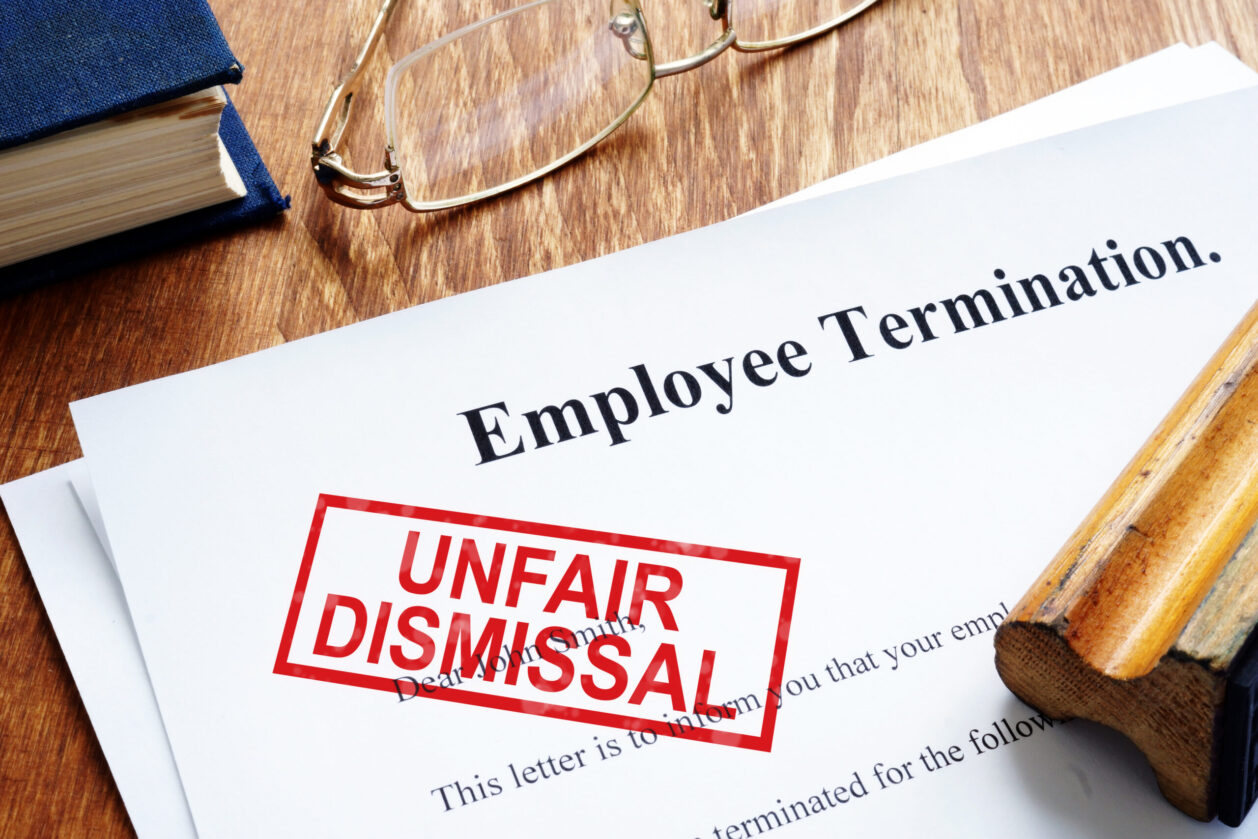Climate and type of work are the major characteristics that impact on heat stress in the work environment. Given the diversity and vastness of Western Australia, the risk differs significantly depending on the location of the workforce and the type of work being performed.
What is heat stress?
It is important to make a clear distinction between heat stress, heat strain and thermal comfort.
Heat stress is the total heat load; that is, the result of activity and environmental condition.
Heat strain occurs when the deep-body (core) temperature rises above 38°C, as a result of heat stress.
Thermal comfort arises from an individual’s perception of the environment; that is, does the body feel hot or cold.
The range of environmental conditions, which are thermally acceptable to the individual fall within fairly narrow limits. Feeling uncomfortably hot does not mean that an adverse effect will occur.
The effects of heat on employees may be more prevalent in the following circumstances.
- Working in confined spaces
- Working with direct exposure to sunlight
- Working in hot and humid environments
- Performing hot work
- Performing physical work.
The personal characteristics of employees such as weight, extent of physical fitness and medical fitness may also contribute to the risk of adverse effects from exposure to heat.
Effects of heat
There is considerable individual variation in response to hot conditions.
Depending on the individual, the activity being undertaken and the environmental conditions at the time, responses to heat include:
Sweating: this normal bodily response is an attempt to maintain core temperature below 37°C, through the process of evaporation.
Dehydration: occurs when water intake is insufficient to replace losses in urine, breath and sweating. Thirst is a poor indicator of bodily water loss.
Salt deficiency: may occur following periods of heavy continuous sweating.
Heat cramps: may occur as a result of severe salt depletion, even after large quantities of water have been drunk. Painful muscle spasms may occur.
Heat rash/prickly heat: may occur in hot/humid environments where sweat is not easily removed from the surface of the skin by evaporation, often when the sweat gland openings become blocked or inoperative.
This results in red, itchy rashes appearing on parts of the body affected. These are usually areas covered by clothing, or areas of the body where friction occurs.
Heat exhaustion: results from loss of fluid through sweating when a worker has failed to drink enough fluid or take in enough salt, or both. Fainting may occur. Unfit, unacclimated individuals are particularly at risk, as are those on medication and the dehydrated individual.
Heat stroke: occurs when heat production outstrips heat loss, resulting in a rapid increase in core temperature.
The risk is significantly greater when people are unacclimated, obese, unsuitably dressed, dehydrated, have consumed alcohol, or have a history of cardiovascular disease.
How is heat stress measured?
Due to the large range of environmental conditions found in Australia, it is difficult to formulate one standard for heat stress which can be uniformly applied. Only measuring air temperature is not an effective indicator of heat stress, and should not be used in this manner. Provided that some elementary precautions are adopted, adverse effects will not occur just because there is a high air temperature.
The only reliable means of assessing the strain on the body produced by heat stress is by direct measurement of body core temperature. As the rise in core temperature is influenced by environmental conditions, methods for estimating this have been developed. In these methods the effects of air temperature, humidity, air movement and radiant heat are taken into account. Clothing and metabolic activity also need to be considered.
Where there is an indication that heat may be a problem, core temperature can be estimated using an oral clinical thermometer.
There are a variety of models that have been developed to assess heat stress. Unfortunately, no one method is entirely satisfactory under all conditions, as they are usually developed to predict heat stress in a small range of conditions. The most widely used are Effective Temperature (ET), or its variant Corrected Effective Temperature (CET), the Wet Bulb Globe Temperature Index (WBGT), the Heat Stress Index (HSI) and the predicted Four-Hour Sweat Rate (P4SR).
Many companies are utilising ‘self urine analysis’ as a preliminary indicator of dehydration and salt deficiency.
An occupational hygienist will be able to assist you in measuring the risk of heat stress in your workplace.
Acclimatisation
Acclimatisation is a process whereby the human body adapts to heat.
It is achieved gradually in response to hot conditions by increased heart rate, enhanced sweating ability, decreased salt output, and other changes designed to keep body core temperature within normal limits while active.
There should only be a need to actively acclimatise employees where there is an assessed risk of heat stress.
In most cases in Australia, and particularly in areas remote from the coast and in northern Australia, environmental conditions will already have assured partial acclimatisation.
Where active acclimatisation is considered necessary, a program should be devised, (possibly in consultation with an occupational hygienist), which takes into account a range of factors such as environment, work involved, the need for protective clothing and so on.
It is not possible here to generalise on the methods required for any given situation, except to say that it is especially important to maintain an adequate intake of water when undergoing acclimatisation.
Prevention/control of heat stress
Engineering controls
This is the preferred method for minimising exposure to heat, and should be incorporated at the design stage of any plant or process.
Such methods may include:
- general and local exhaust ventilation to remove both heated air and water vapour, and induce inward flow of outside air where this is cooler
- increased air movement (for instance, with the use of fans)
- barriers to intercept radiant heat; insulation or segregation of hot processes from employees
- use of power tools to minimise muscular activity.
The provision of air conditioning or evaporative cooling should be considered when other engineering methods do not succeed in controlling conditions which could lead to heat stress.
Work practices
Where work is conducted in situations which have been assessed as likely to lead to heat stress, particular attention needs to be paid to work practices.
Under most conditions, or with fully acclimatised employees, work breaks would not normally be required. Only in extreme cases would it be necessary to institute formal work breaks.
In such cases it is essential the advice of a trained occupational safety and health professional be sought.
Other administrative measures such as consideration of the time of day during which hot or heavy work is done, job rotation, acclimatisation and employee education may be more appropriate.
Employee education
It is important that workers are aware they need to replace fluids and salt lost through sweat and can recognise dehydration, exhaustion and heat stroke.
Protective equipment
Where conventional protective clothing is an essential safeguard in certain tasks, it should be chosen carefully with regard to its contribution to any adverse effects of heat, particularly where it limits convective or evaporative cooling.
In such cases it may be the major determinant of heat load in a particular task, even if the environmental conditions would otherwise be acceptable.
The possible need for such clothing, or task modification, should be considered. In some situations it may be appropriate to consider the use of protective clothing against heat itself - for example, aluminised, low conductivity clothing to protect against radiant heat.
Carefully chosen fabrics that permit both bodily evaporative cooling and the required Sun Protection Factor (SPF) can aid in heat stress and skin cancer prevention.
Personal care
A low standard of physical fitness, some drugs, obesity and use of alcohol all increase susceptibility to heat.
Employees should look after their health and drink water to avoid dehydration.
Employers should encourage regular consumption of small quantities of water to avoid involuntary dehydration while experiencing heat stress conditions.
Drinking water
The degree of thirst felt is always less than the actual water loss that has occurred.
Employers and main contractors must supply clean, cool drinking water and ensure it is readily accessible to employees.
Drinking points must not be located in toilets or where the drinking water could be contaminated or polluted.
Additional drinking points should be provided where workers are likely to be exposed to excessive heat or dehydration.
Where the water is not delivered in an upward jet, a supply of clean cups or glasses must be available.
The temperature of the drinking water should be below 24 degrees Celsius.
First aid
First aid principles will need to be set in place to attend to situations if they arise, for example, heat cramps and heat exhaustion.
It is important to ensure that any employee suffering from heat stroke is given emergency care.
For more information contact CCIWA Health, Safety and Workers’ Compensation on (08) 9365 7415 or email [email protected] or visit www.cciwa.com.






